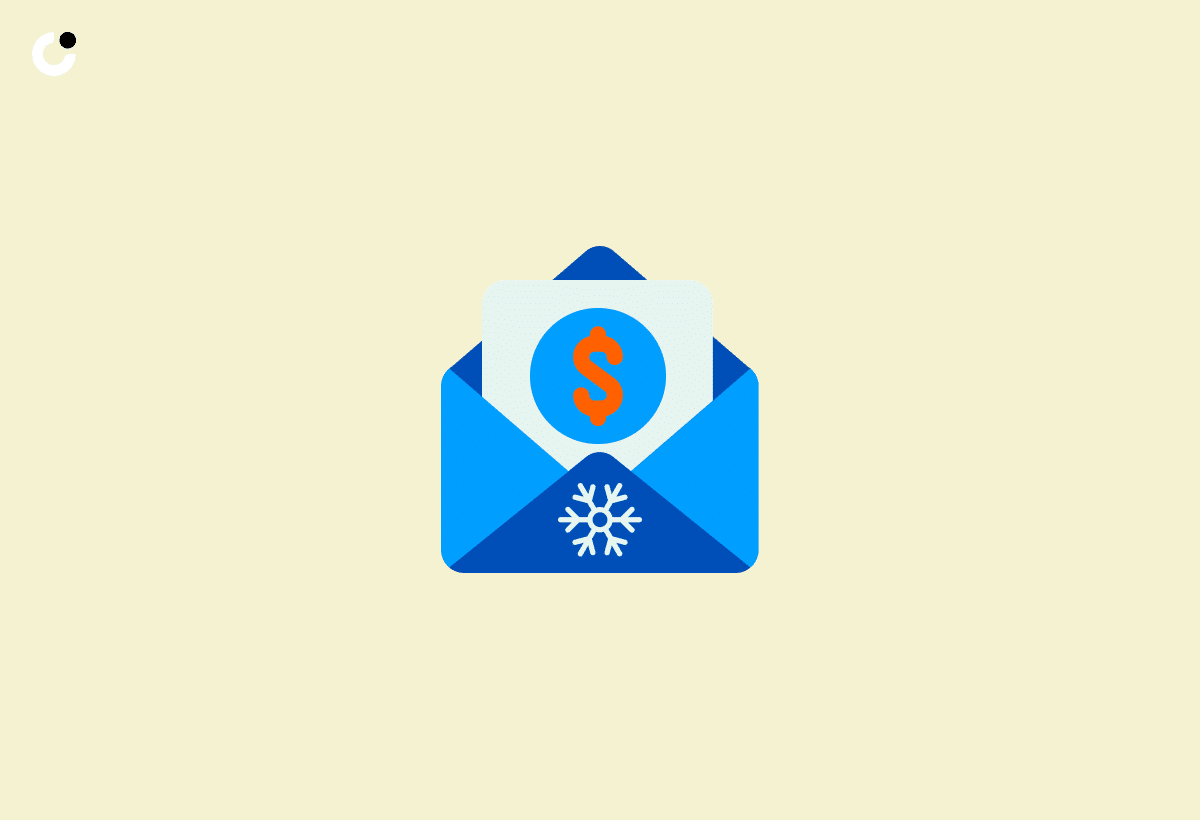Imagine unlocking the full potential of cold emailing to secure funding for your startup, catapulting your venture to new heights. Mastering the art of crafting the perfect cold email to investors can help you establish meaningful connections with investors and showcase your startup’s potential, setting you on the path to fundraising success.
Key Takeaways
- Cold emails offer a cost-effective way to reach potential investors and increase the chances of successful fundraising.
- Crafting an effective cold email involves personalization, showcasing traction and growth, presenting a strong value proposition, navigating spam filters with engaging subject lines, tracking results & optimizing your strategy.
- Common mistakes to avoid include using unprofessional language & not focusing on investor’s needs/interests. Provide clear call to action instead.
The Power of Cold Emails for Fundraising
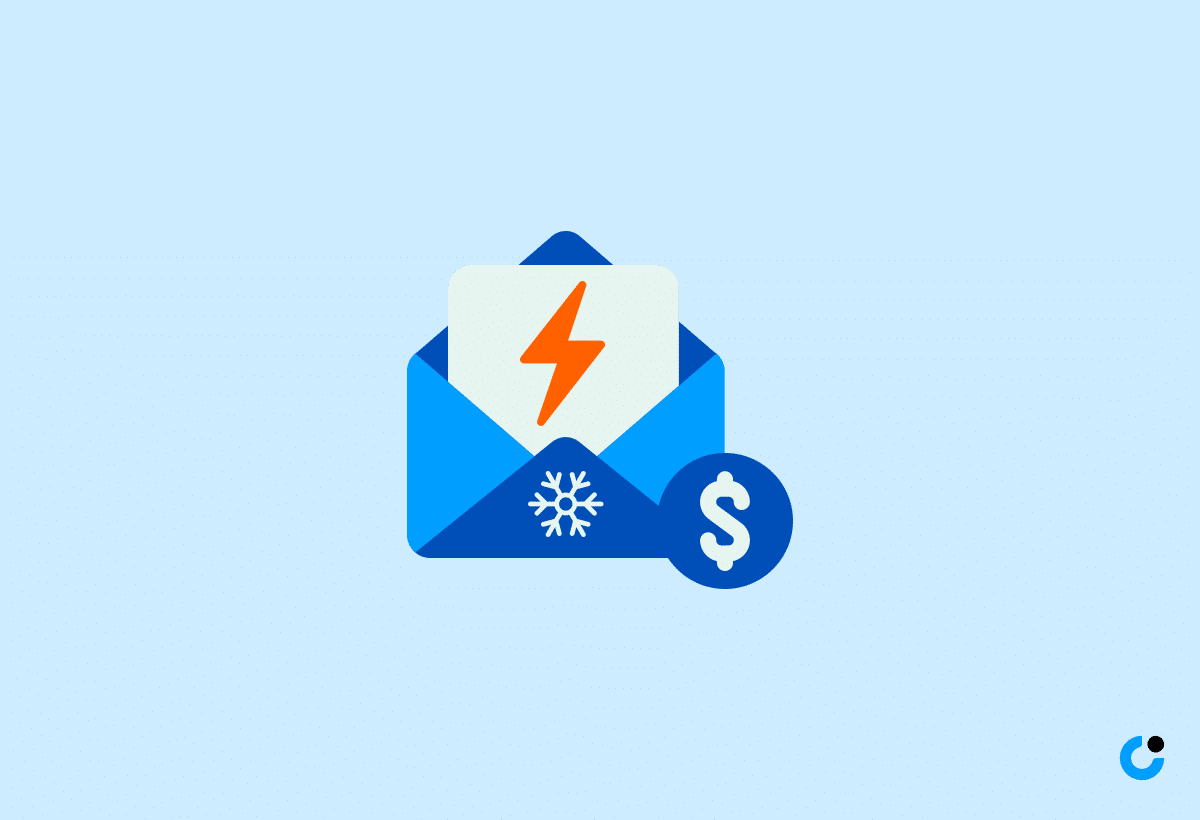
Cold emails offer a cost-effective way to connect with potential investors and demonstrate your startup’s potential, making them an advantageous tool for raising funding. Even founders with strong connections may need to resort to cold emailing when they are unable to secure personal introductions to a large number of potential investors. Having cold emailed ensures a minimum of 2 seconds of consideration, whereas warm introductions guarantee a minimum of 5 minutes of consideration, showing that it’s not just the metrics that matter in fundraising. Meeting investors’ requirements before initiating contact can significantly elevate your chances of a successful pitch.
The key to leveraging the power of cold emails lies in crafting the perfect cold email that captures an investor’s attention and sets your startup apart from others vying for their investment. This blog post will cover the essential elements of an effective cold email and guide you through the multiple stages of fundraising while avoiding common pitfalls and standing out in the investor’s inbox.
Crafting the Perfect Cold Email to Investors: Key Elements

To create an effective cold email, focus on personalization, showcasing traction and growth, and presenting a strong value proposition that aligns with the investor’s interests. We will analyze these vital elements in depth.
Personalizing Your Email

Personalizing your cold email demonstrates that you have taken the time to research the investor and are actively interested in forming a partnership with them. To tailor a cold email to an investor, address them by name, reference any mutual connections, and illustrate familiarity with their investment preferences. AI-powered writing assistants can aid in producing distinct and personalized messages, thus creating a lasting impression. However, one must ensure that AI-generated messages maintain a non-robotic tone, conveying genuine enthusiasm and human warmth.
By personalizing your email and demonstrating your understanding of the investor’s needs and preferences, you create a connection that makes your email more memorable and increases the likelihood of a favorable response.
Showcasing Traction and Growth

Highlighting traction and growth in a cold email to investors is critical as it indicates that your business concept has the potential to expand and makes it a profitable investment opportunity. To illustrate traction in a cold email to investors, reference any noteworthy successes or endorsements from reputable companies, as well as mentioning your early customers. Dhruv Ghulati took a bold step and sent a cold email to Mark Cuban. He introduced himself as the founder of a startup, founded by Google, called Factmata.
Venture capitalists generally look for the following criteria when considering funding for a startup:
- Evidence of strong traction
- Noteworthy intellectual property
- A lead investor for the funding round
- The presence of a founder with a successful exit
If your startup is not yet ready to secure venture capital funding, consider exploring alternative investment idea options such as accelerators, angel investors, or reaching out to a potential investor.
Presenting a Strong Value Proposition

Clearly articulating your startup’s value proposition and how it aligns with the investor’s interests and investment thesis is vital to capturing their attention. To craft a compelling value proposition for a startup, you should:
- Identify the target market’s pain points and goals
- Define the benefits and features of the offer
- Highlight unique selling points
- Be honest and reflect the business’s core values and mission
- Clearly describe the target buyer, the problem being solved, and why the startup is better than the alternatives.
By presenting a strong value proposition that resonates with the investor’s interests, you increase the likelihood of securing their investment and forging a successful partnership.
Cold Email Templates for Different Stages of Fundraising
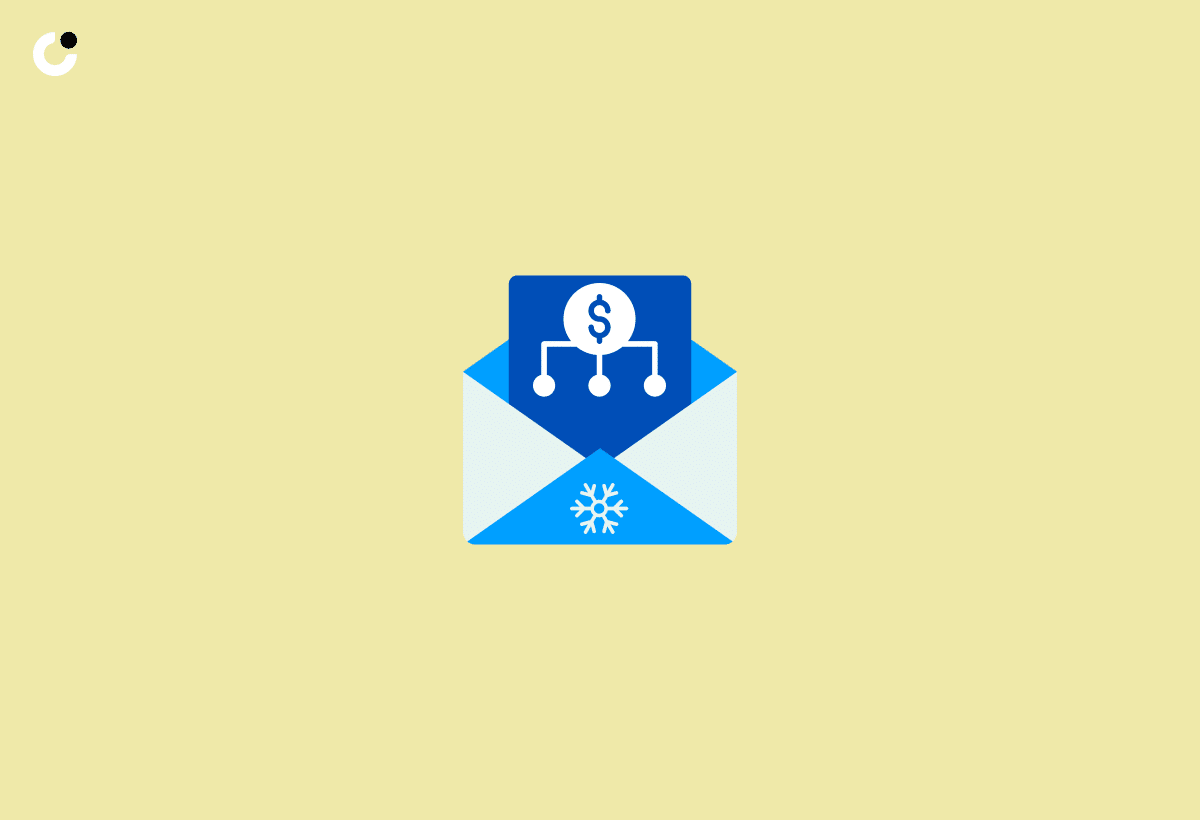
Use tailored cold email templates for different stages of fundraising, including initial outreach, follow-up, and closing the deal, to ensure a consistent and professional approach throughout your fundraising efforts. We will analyze the key components of each template.
Initial Outreach Template

The initial outreach template should include:
- A personal introduction
- Product information
- Team details
- A pitch deck
Start by introducing yourself and your startup, including the company name. Emphasize the essential features and advantages of your product, stressing how it solves a problem or meets a need in the market. Be sure to incorporate any unique selling points or competitive advantages. As you develop your go to market strategy, keep these key aspects in mind to ensure a successful launch. One way to achieve this is by making a simple request from potential customers to understand their needs better.
Next, showcase the pertinent expertise of key team members and their track record of success. Provide details about the team’s background, credentials, and pertinent experience. Include any noteworthy industry recognition or awards received by the team. By emphasizing the team’s strengths and expertise, you can instill confidence in investors and illustrate the potential for success.
Follow-Up Template

The follow-up template should include:
- Reiterating key points from the initial email
- Providing any updates on traction or growth
- Revisiting the most compelling aspects of your initial email, such as unique selling points or recent achievements, to reinforce the strength of your investment opportunity.
Also, remember to include any recent developments or progress since your initial outreach. This could be an increase in revenue, new partnerships, or additional funding secured. By providing updates on traction or growth, you demonstrate to investors that your startup continues to evolve and shows promise.
Closing the Deal Template

The closing the deal template should include the following:
- A summary of the investment opportunity
- Clear next steps for the investor
- Concise restatement of the key elements of your value proposition
- Noteworthy achievements or traction gained since your initial outreach
Finally, outline the necessary steps for the investor to proceed, such as scheduling a meeting, signing a term sheet, or providing additional documentation. By offering clear guidance on what the investor needs to do next, you make it easier for them to take action and move forward with the investment.
Navigating Spam Filters and Standing Out in the Inbox
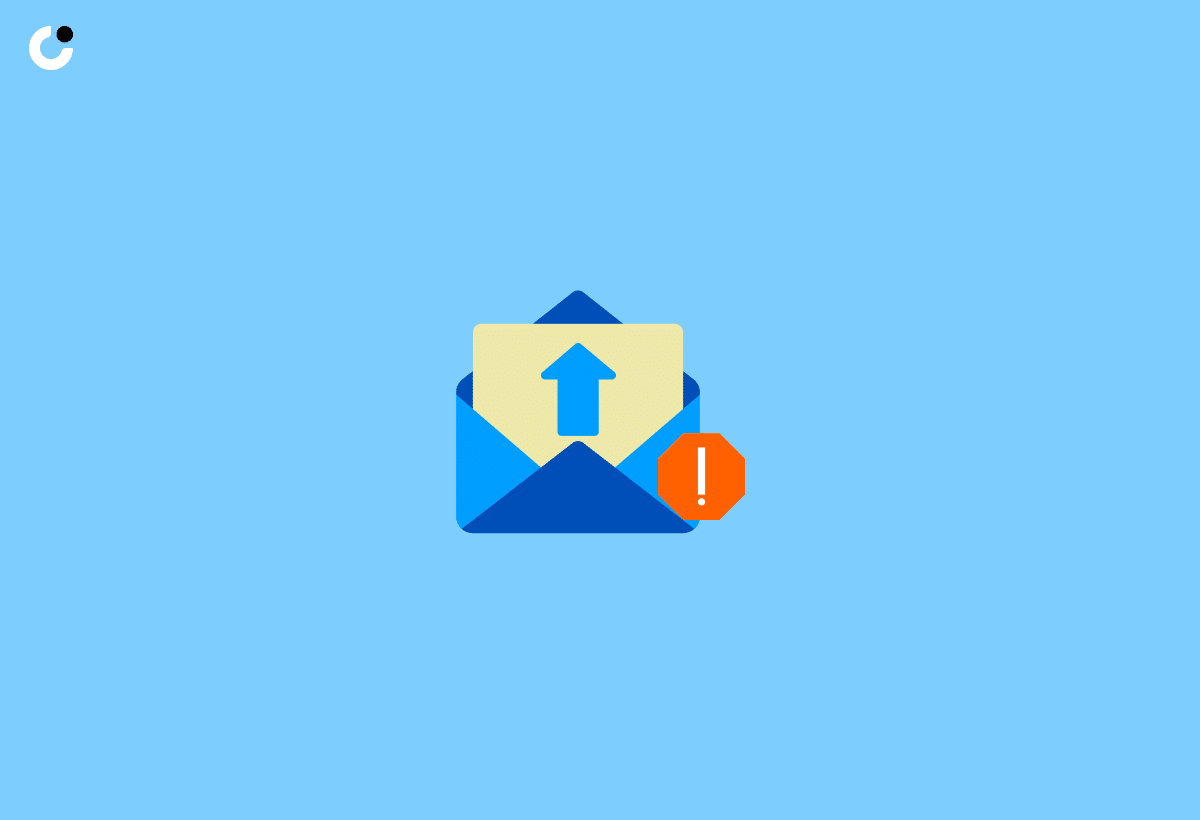
To avoid spam filters and stand out in the investor’s inbox, be mindful of spam triggers and craft compelling subject lines.
We will scrutinize these factors more profoundly.
Avoiding Spam Triggers

Avoid promotional language and spam trigger words to ensure your email reaches the investor’s inbox. The format of an email can have several implications on spam filters’ reactions, such as:
- Incorrect spelling and grammar
- Excessive use of images
- Large fonts
- Attached links
Additionally, the reputation of the IP address used to send the email can also be a factor for spam filter reactions.
To reduce the likelihood of your email being marked as spam, ensure that your email content is well-written, professionally formatted, and free of spam trigger words or phrases. By taking these precautions, you increase the chances of your email reaching the investor’s inbox and being read.
Crafting Compelling Subject Lines

Create attention-grabbing subject lines that pique the investor’s interest and encourage them to open your email. An engaging subject line can raise the likelihood of obtaining a donation or a response from potential investors. Here are some tips for crafting a captivating subject line:
- Create a sense of urgency
- Keep it concise
- Be clear and precise
- Personalize it
By crafting compelling subject lines that capture the investor’s attention, you increase the chances of your email being opened and read, ultimately improving your fundraising efforts.
Tracking Results and Optimizing Your Cold Email Strategy
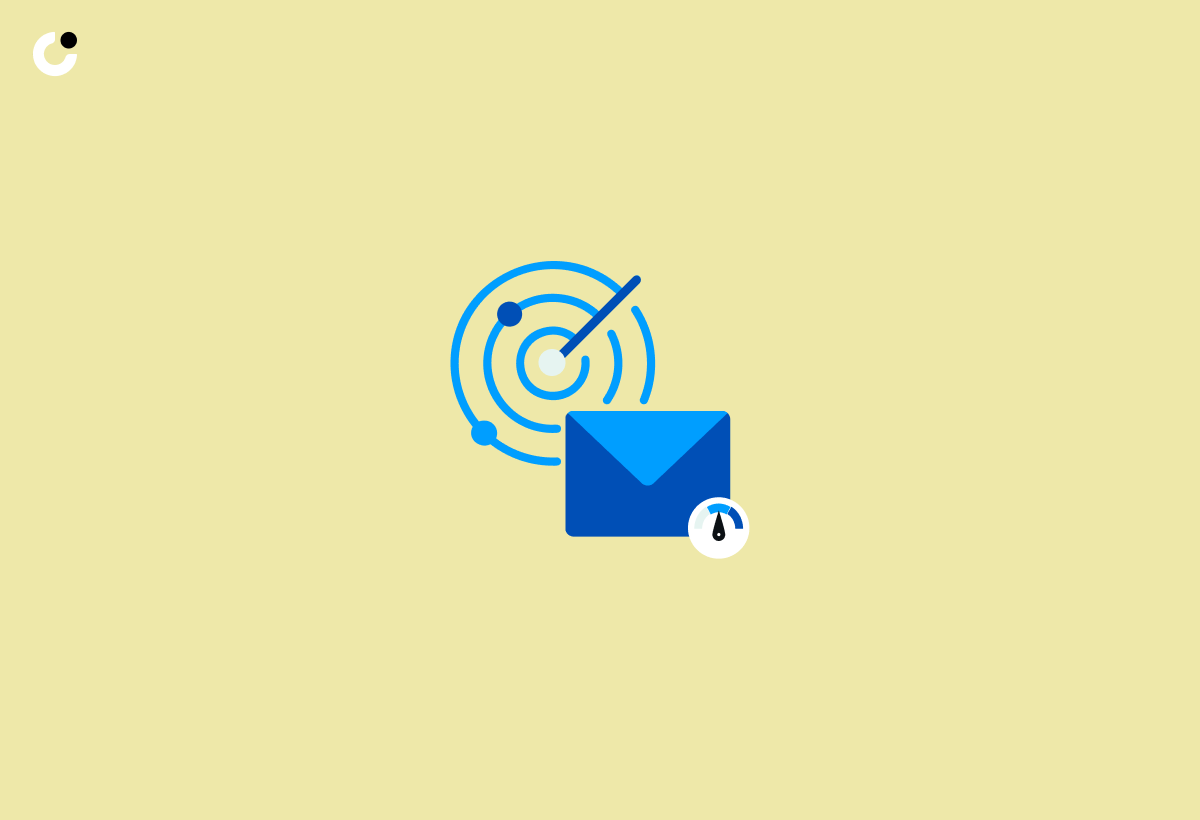
Track the results of your cold email campaign and optimize your strategy based on data analysis and adjustments. We will focus on the use of email tracking tools and methods of data analysis to improve the efficacy of your cold emails.
Email Tracking Tools
Use email tracking tools to measure engagement and identify interested email investors. Email tracking tools operate by incorporating a distinct tracking pixel or code into the email, which sends a signal back to the email tracking tool when the email is opened. By tracking open rates, click-through rates, and other metrics, email tracking tools can gauge which investors are actively engaging with the emails, signifying their interest in the content.
Some effective tools for tracking cold email results include:
These tools enable you to prioritize and follow up with the most engaged investors, thereby amplifying your chances to raise funding and achieve fundraising success.
Analyzing Data and Adjusting Your Approach

Analyze data from your email campaign to adjust your approach and improve the effectiveness of your cold emails. By examining open rates and click-through rates, you can assess the effectiveness of the email campaign and make necessary modifications to optimize your cold email strategy. Regular assessment of your cold email campaign data, ideally on a weekly or bi-weekly basis, is advised.
Make data-driven decisions and continually refine your cold email approach based on the data collected. Some adjustments may include:
- Segmenting your audience
- Conducting A/B tests
- Personalizing emails
- Refining subject lines
- Optimizing email content
- Altering the send frequency based on recipient activity
Common Mistakes to Avoid in Cold Emailing Investors
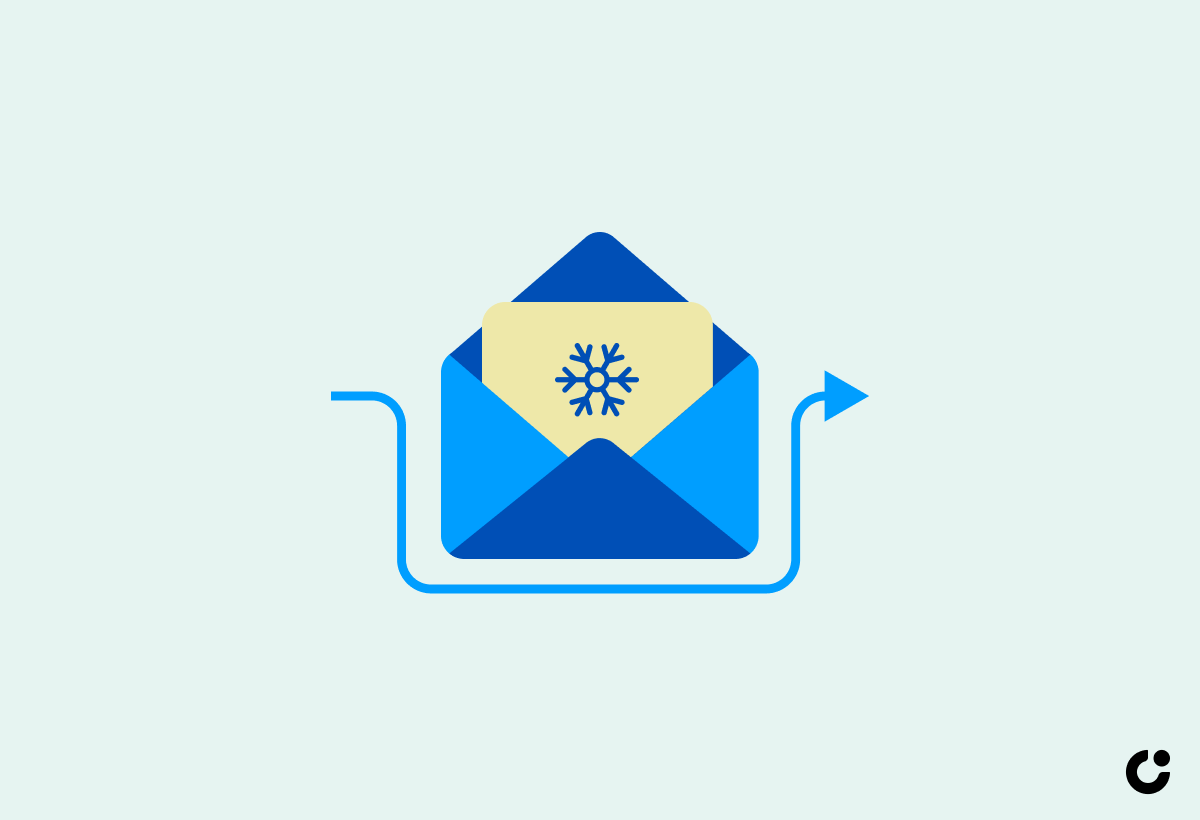
Avoid common mistakes in cold emailing, such as sending generic messages, focusing too much on your own needs, and not providing a clear call to action when you cold email investors. Generic messages can imply that the sender hasn’t conducted adequate research or lacks genuine interest in the investor. This can result in reduced engagement and decrease the likelihood of them considering the fundraising opportunity.
Focusing too much on your own needs when cold emailing investors can be detrimental as it demonstrates a lack of consideration for the investor’s needs and interests. Instead, tailor the email to the investor’s specific interests and illustrate how the investment opportunity aligns with their goals. By doing so, you increase the likelihood of receiving a favorable response.
Summary
In conclusion, mastering the art of crafting the perfect cold email can significantly enhance your fundraising efforts. By personalizing your emails, showcasing traction and growth, presenting a strong value proposition, utilizing tailored templates, avoiding spam filters, crafting compelling subject lines, tracking results, and optimizing your approach, you can unlock the full potential of cold emailing and secure the funding your startup needs to thrive.
Frequently Asked Questions
How do you address an investor in an email?
When addressing an investor in an email, use a professional tone and keep it short and to the point. Personalize your email to align with their investment goals, include a clear call-to-action and any relevant attachments or links. Follow-up if you do not receive a response.
What is the subject line for a cold investor email?
Take Advantage of Investment Opportunity Now: 60 Chars or Less.
Is cold email outreach illegal?
Cold email outreach is not illegal in the US, as long as it adheres to CAN-SPAM Act provisions such as including accurate information, a physical address, and an unsubscribe link. Other countries may have their own laws that should be followed when cold emailing.
Can you make money from cold emails?
Cold emails can be a great way to generate revenue if done correctly. Knowing how to craft an effective email and having the right contacts is key to success with this strategy. With the proper resources, you can make money with cold emails.
What is a cold email to donors?
Cold email fundraising is a strategy that involves reaching out to potential donors for the first time via email, with no prior relationship or interaction. This method is akin to cold calling, but with the advantage of being less intrusive and allowing the recipient to respond at their convenience.

